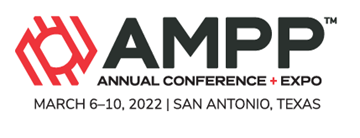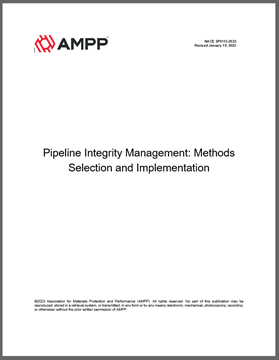Search
Products tagged with 'risk-based inspection'
View as
Sort by
Display
per page
Atmospheric Corrosion Detection And Management With AI
Product Number:
51322-18087-SG
Publication Date:
2022
$20.00
NACE SP0113-2023, Pipeline Integrity Management: Methods Selection and Implementation
Product Number:
NACE SP0113-2023
Publication Date:
2023
$109.00
Pitfalls in the Typical RBI Methodology for CUI Management Programs
Product Number:
51324-20894-SG
Publication Date:
2024
$40.00



